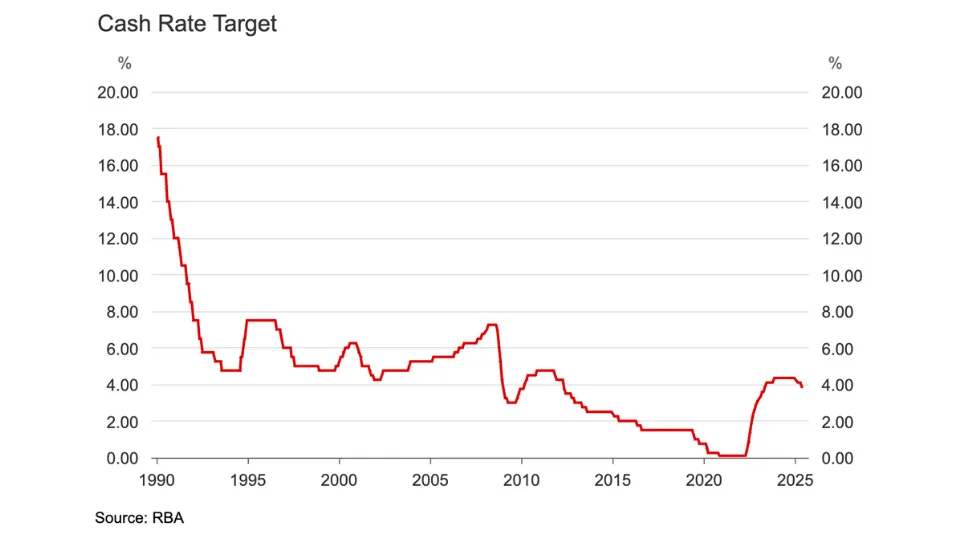If you’re looking for sector-specific exchange-traded funds, you may have come across the BetaShares Global Agriculture ETF (ASX: FOOD). Here’s some insight into the potential growth of this ETF.
What Are ETFs?
Exchange-traded funds, or ASX ETFs, are investment funds that are listed on a stock exchange and provide exposure to a range of shares or assets with a single purchase.
This video explains:
BetaShares FOOD ETF
The BetaShares Global Agriculture ETF aims to track the performance of the Nasdaq Global ex-Australia Agriculture Companies Hedged AUD Index by investing in a portfolio of the largest agricultural companies in the world.
Together, these companies cover the entire value chain of agriculture. The largest exposure is to packaged foods and meats (37.2% of the ETF) followed by fertilisers and agricultural chemicals (21.5%) and farm machinery (15.7%). The fund also has smaller allocations to biotechnology companies and distributors.
The FOOD ETF has 58 holdings with 48.5% of the fund allocated to the US, 15.1% to Japan and 9.4% to Canada. Outside of these top three, the ETF is also exposed to Norway, Britain, Honk Kong, Germany, and Malaysia among other countries.
The ETF has been operating since August 2016, returning 5.57% per year after fees since inception. Over the last three years, the annual return has been 4.42%.
Outlook For Agriculture
The World Bank reports that agricultural accounted for one-third of global GDP in 2014, and by 2050, we will need to feed a projected 9.7 billion people.
While this sounds like growth potential, a collaborative report from the Organisation for Economic Cooperation and Development (OECD) and the Food and Agriculture Organisation (FAO) elaborates on the outlook over the next decade.
The report, which focuses on the outlook for 2018-2027, states that supply has been increasing while global demand growth is weakening, keeping commodity prices low. This weakening of demand growth is expected to continue over the next ten years.
The strongest growth is expected in Sub-Saharan Africa, South and East Asia, the Middle East and North Africa – areas to which the FOOD ETF provides little to no exposure.
In much of the developed world, growth is expected to be far lower, around half the growth rate of the previous decade.
Based on these findings, it seems possible that the single-digit growth seen over the last three years in the FOOD ETF may be as good as it gets.
Fees And Risks
The FOOD ETF has a management fee of 0.57% per year. Of course, with 58 holdings all in the agricultural sector, this ETF provides little diversification and should only be used as a small, tactical position rather than the core of a portfolio.
Exchange rate risk is always present with global ETFs, although the FOOD ETF is currency-hedged so some protection is in place. This is achieved by holding cash in multiple currencies and through the use of forward rate agreements.
My Take
The agricultural sector may look appealing at first glance due to population growth and the ever-expanding need to feed people. However, the reality is slowing demand and increasing supply, and a large majority of the growth comes from developing markets.
I think there are much better options on the ASX, like our number one ETF pick in the free report below.
[ls_content_block id=”14948″ para=”paragraphs”]
Disclosure: At the time of writing, Max does not have a financial interest in any of the companies mentioned.










